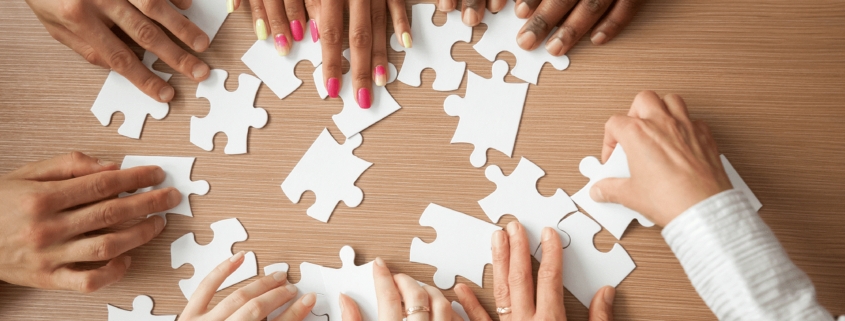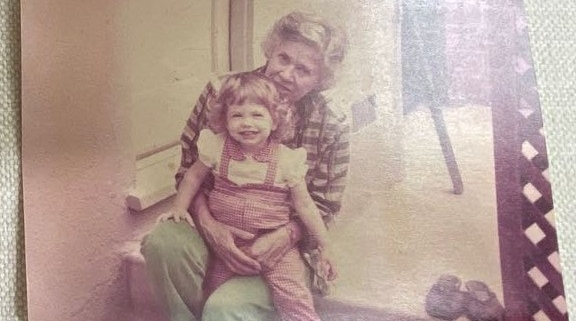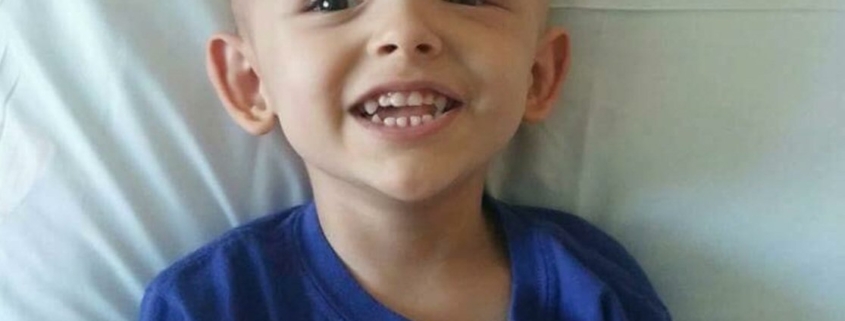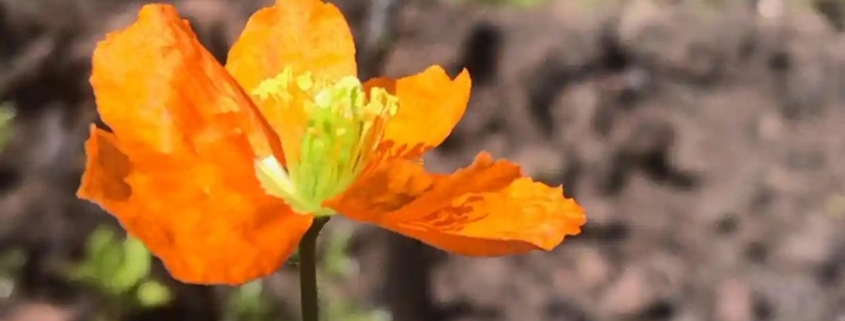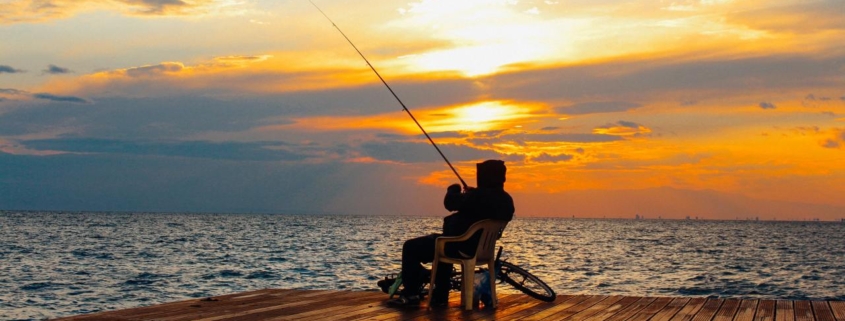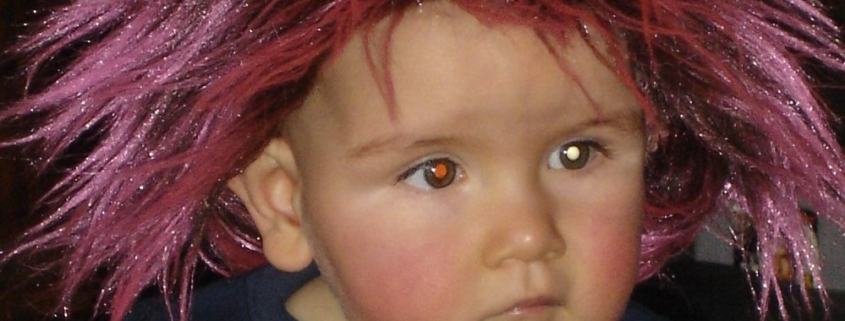Retinoblastoma Research: Types, Challenges, Opportunities
Retinoblastoma research is vital to understand how this cancer behaves; treatment benefits, side effects, and risks; and impacts throughout life. Findings help guide medical and supportive care for the child patient, survivor, and family. Rb Survivor, Abby White explores different types of medical research; their goals, benefits, and limitations; and opportunities to overcome the current challenges.

